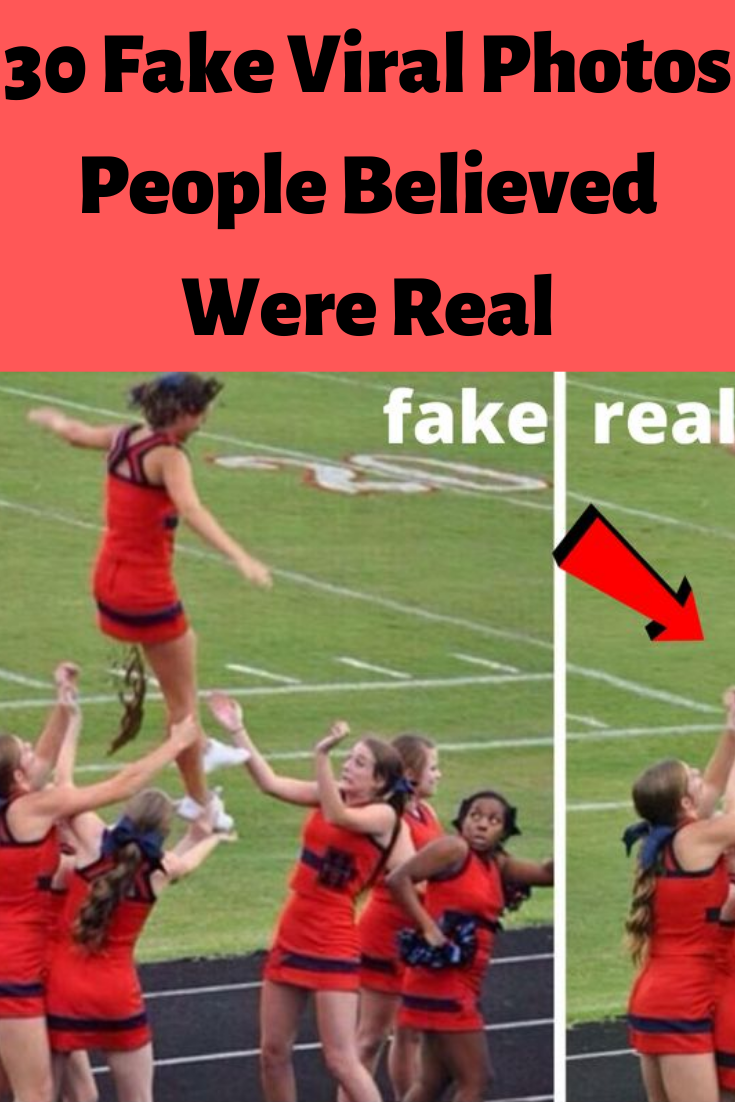In recent months, a peculiar trend has emerged on LinkedIn, sparking intrigue and debate within online communities. The phenomenon of blurred profile pictures has garnered attention, prompting questions about the authenticity and underlying motives behind this viral meme. It is essential to analyze the cultural implications of such visual rhetoric and the socio-economic dynamics at play in the digital landscape. This examination will unravel the complexities of identity construction, professional norms, and the multifaceted nature of cultural relativism.
The abstract notion of blurred LinkedIn photos raises immediate queries about intention: why would individuals intentionally obscure their visual representation in a professional context? Examining this behavior reveals an interplay between personal branding and the perception of professionalism. In traditional career-oriented platforms, clarity, and visibility are paramount. However, the blurred images serve as a paradoxical statement that challenges normative standards of professionalism. By eschewing clarity, individuals may express a desire for privacy, an insistence on the transient nature of identity, or even a rebellion against hyper-visibility in the digital age.
From a cultural relativism perspective, we must explore how this trend reflects varying values and norms across diverse cultural landscapes. In many cultures, personal image is intricately tied to reputation and professional advancement. Consequently, the decision to obscure one’s visage in a professional setting may be interpreted through a lens of cultural critique. For instance, in environments where collectivism predominates, such actions could signal a rejection of individualism, fostering a discourse on the shared attributes of the community over the deification of self-promotion.
The discussion is not exclusively confined to personal motivations. Institutional frameworks also play a pivotal role in shaping this phenomenon. Many companies have increasingly adopted a culture of transparency and open communication, reinforcing the belief that a polished online persona is integral to career success. In stark contrast, the blurred photo trend operates as a subversive counter-narrative, suggesting that, beneath the facade of professionalism, a desire for authenticity persists. This divergence underscores the ongoing tension between personal expression and professional expectations.
Furthermore, the blurred images evoke notions of anonymity, a feature that resonates profoundly in the context of contemporary digital identity discourse. In an era where online harassment and personal data exploitation loom large, the act of blurring provides a pragmatic shield. For many, the blurred profile is not merely a stylistic choice but a protective mechanism that prioritizes personal safety over public exposure. This consideration raises ethical questions about the responsibility of platforms like LinkedIn to foster environments that honor user autonomy and safeguard their choices.
Cultural relativism also prompts us to consider the implications of identity construction within various socio-economic strata. The blurred LinkedIn photo trend serves as a juxtaposition to the meticulously curated online personas often displayed by individuals from privileged backgrounds. Those who inhabit less privileged spaces may find the act of obscuring their image with intention serves as a visual rebellion against systemic inequalities in the job market. Consequently, it can be understood as an assertion of agency, whereby individuals reclaim control over their representation, even if it means adopting an unconventional approach to professional presentation.
However, examining the responses to this trend reveals a spectrum of interpretations and critiques. Some individuals laud the blurred photo as an authentic expression of the complexities of identity. Others critique it as disingenuous, arguing that an opaqueness in representation undermines the principle of credibility in professional spaces. This dichotomy highlights the plurality of views on what constitutes authenticity. Herein lies a crucial intersection between cultural relativism and the construction of meaning, demonstrating how perceptions of identity are influenced by various factors such as societal expectations and personal experiences.
Moreover, the viral nature of this trend accentuates the role of social media algorithms in shaping cultural phenomena. The dissemination of blurred photos aligns with broader movements toward minimalism and a rejection of bombastic self-promotion. As users commune in digital forums to share ideas, trends surface and dissolve in tandem with ever-evolving societal values. It warrants critical examination of how algorithmic design impacts cultural expression and the repercussions for users striving for authenticity amidst an avalanche of curated content.
To fully appreciate the significance of the blurred LinkedIn images, it is imperative to delineate their visual impact. Blur, as a stylistic choice, communicates a myriad of messages beyond mere aesthetics. It reflects ambiguity, an embracing of the imperfect, and an acknowledgment of the fluidity of identity. In many cultures, such fluidity is counterintuitive to traditional conceptions of identity as fixed and stable. As the blurred photo trend gains traction, it simultaneously invites dialogue about the evolving nature of professional identity in an increasingly interconnected world.
In conclusion, the viral trend of blurred LinkedIn photos offers a rich tapestry of meaning and invites robust discourse on identity within the professional realm. By examining this phenomenon through a cultural relativism lens, we can appreciate the underlying tensions that shape our understanding of professionalism, authenticity, and personal representation in a complex digital landscape. As this trend continues to unfold, it serves as a reminder of the dynamic interplay between individual agency, cultural norms, and the broader socio-economic context. The blurred LinkedIn photo trend is not merely a social media curiosity; it is a reflection of the intricate and multifaceted nature of cultural identity in the modern world.
